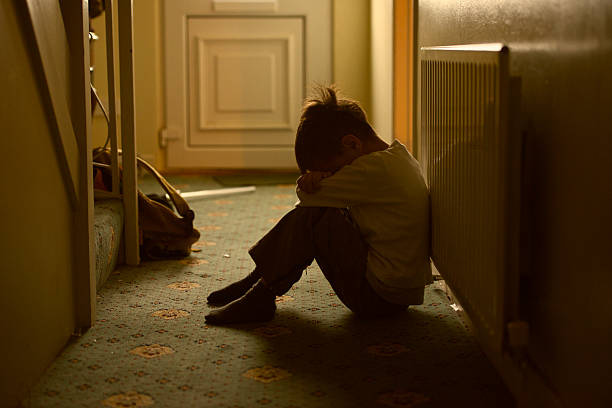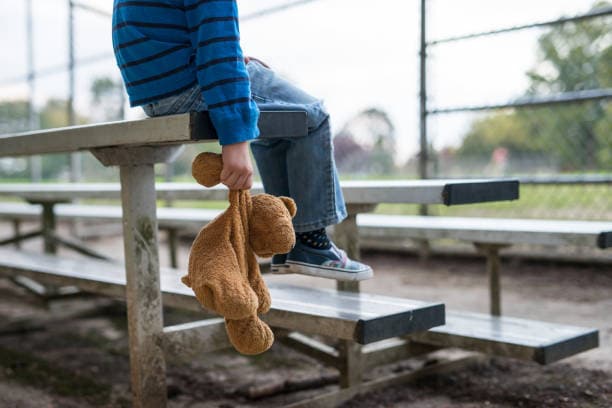Content warning: This article on child abuse material contains topics that may be distressing for some readers. We advise readers’ discretion.
An offender can legally avail child abuse material defences under the Crimes Act 1958. To understand these defences, this article will explain their requirements and conditions.
Although the crime of distributing and producing child abuse material websites is a controversial issue worldwide, Crimes Act 1958 of Victoria provides for child abuse defences.
This article will discuss sections 51J to 51P of the Crimes Act 1958 of Victoria. These Sections contain specific child abuse material defences that the offender may raise if he or she faces a charge of any offences under sections 51B to 51D:
- Involving a child in the production of child abuse material
- Producing a child abuse material
- Distributing a child abuse material
You may read the discussion on these offences in this article.
Child Abuse Material Defences Under the Crimes Act 1958
Sections 51J up to 51P will discuss the possible child abuse material defences that an offender may raise during the course of his trial.
First, section 51J declares that an offender does not commit a child abuse material offence if the conduct engaged in by him or her is in good faith in the course of official duties that are:
- connected with the administration of the criminal justice system, including the investigation or prosecution of offences; or
- as an employee of the Department of Justice and Regulation who has authority to engage in that conduct by the Secretary to that Department.
Second, section 51K says that an offender does not commit a child abuse material offence in relation to materials that:
- at the time at which the offence is alleged to have been committed
- the material was classified other than Refused Classification (RC) or
- the material would, if classified, have been classified other than RC.
To summarise the two sections, a person does not commit a child abuse material offence if:
- such conduct is done in connection with his duty in relation to the criminal justice system
- such conduct is done as an authorised employee of the Justice Department
- such materials were classified other than RC at the time the offence was committed.
What Is the Meaning of Refused Classification (RC)?
RC classification in Australia applies to movies, video games, and publications that are prohibited from being sold, rented, advertised, or legally brought into the country. This material includes content with extremely strong impact that goes beyond widely accepted community norms.
Section 9A of the Classification (Publications, Films, and Computer Games) Act 1995 provides that a publication, film, or computer game that advocates the doing of a terrorist act must be classified RC.
Moreover, the materials mentioned above are classified as RC if:
- it directly or indirectly counsels, promotes, encourages or urges the doing of a terrorist act; or
- it directly or indirectly provides instruction on the doing of a terrorist act; or
- it directly praises the doing of a terrorist act in circumstances where there is a substantial risk that such praise might have the effect of leading a person to engage in a terrorist act.
If a publication, movie, or video game shows or describes a terrorist attack, it does not advocate that a person should do such an act; instead, it may be argued that such depiction or description was made only to promote debate, entertainment, or satire.
Defence of Artistic Merit or Public Benefit (Section 51L)
Another legal defence under section 51L against the crime is the defence of artistic merit or public benefit. What does this mean? These circumstances may be used as child abuse material defences against a child abuse material offence:
- the material was not produced with the involvement of a person who was, at the time it was produced, under the age of 18 years,
- the material possesses artistic merit, or
- it is of public benefit (includes material for a genuine medical, legal, scientific, or educational purpose.)
Examples:
- A is a university lecturer in psychology. During a lecture on abnormal psychology, A shows a lecture slide with examples of textual child abuse material to illustrate the type of material associated with an abnormal psychological profile. The lecture slide is of public benefit.
- A is a photojournalist in a war zone. A takes a photo of a child victim of torture and submits it to a news organisation for publication. The photo is of public benefit.
However, the burden of proving (on the balance of probabilities) that the material is for artistic or public benefit falls on the offender. He or she must establish such proof to strengthen the child abuse material defences.
Exceptions Applying to Children (Section 51M)
Under section 51M, the offence is not committed if the person who commits it is a child and the child abuse material is an image that depicts the person alone.
For example, Anna is 15 years old and takes a photograph of herself. She stores the photograph on her mobile phone. The offences in 51B(1), 51C(1), 51D(1), 51G(1) or 51H(1) do not apply to the Anna in respect of the image.
What Is the Defence That Applies to Children?
Section 51N provides that it is a defence to a charge for an offence against section 51B(1), 51C(1), 51D(1), 51G(1), or 51H(1) if the person who commits the offence is a child and that the material is an image. The image in this situation depicts one or more persons, regardless of whether it depicts the child or not.
However, it is required that the image:
- does not depict an act that is a criminal offence punishable by imprisonment; or
- depicts an act that is a criminal offence punishable by imprisonment, but the child reasonably believes it does not.
Moreover, the provision states that at the time of the conduct constituting the offence:
- The child was not more than 2 years older than the youngest child depicted in the image; or
- The child reasonably believed they were not more than 2 years older than the youngest child depicted in the image.
If the Material Contains an Image of Oneself, What Can Be the Defence?
Section 51O provides a defence to the offences of producing, possessing, and distributing child abuse material where the material depicts the accused as a child. The defence is available if all of the following conditions are met:
- The child abuse material is an image.
- The image depicts the accused as a child.
- The image does not depict the accused committing a criminal offence punishable by imprisonment.
- The offender does not distribute the image to any other person.
The offender bears the burden of proving, on the balance of probabilities, that the image depicts them as a child.

Speak to a Criminal Lawyer
If you or someone you know is facing charges related to child abuse material in Victoria, Australia, it is crucial to seek the help of a criminal lawyer who specialises in these types of cases.
JB Solicitors’ criminal offence lawyers can provide legal representation, guidance relating to child abuse material defences, and legal assistance throughout the entire legal proceedings, including court hearings and negotiations with prosecutors.
Contact us here.
